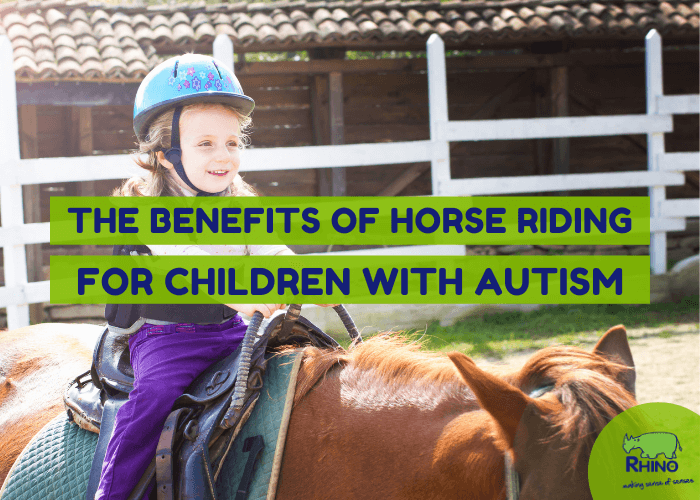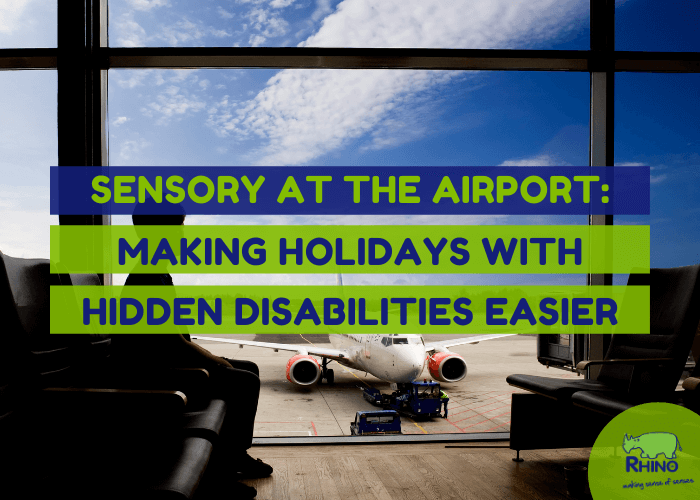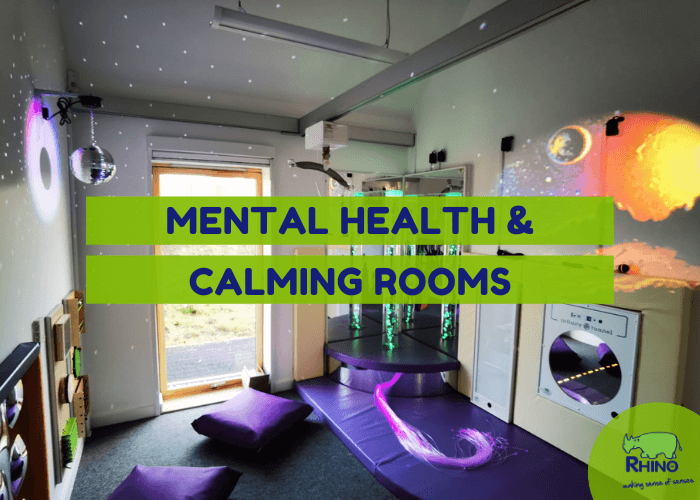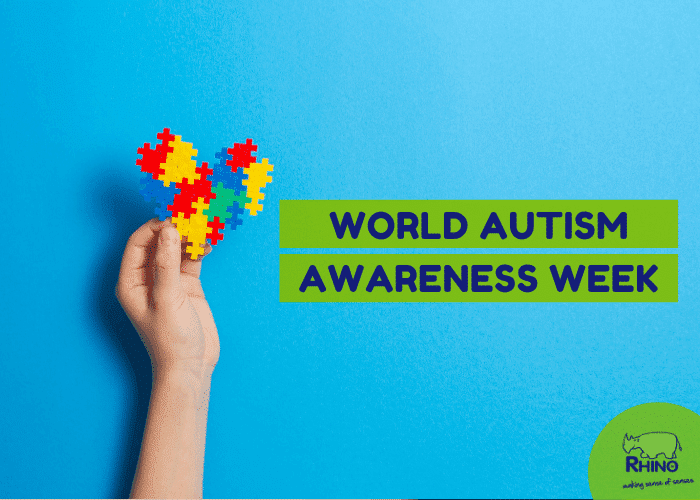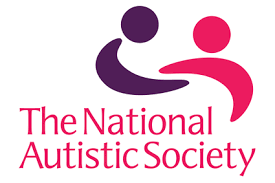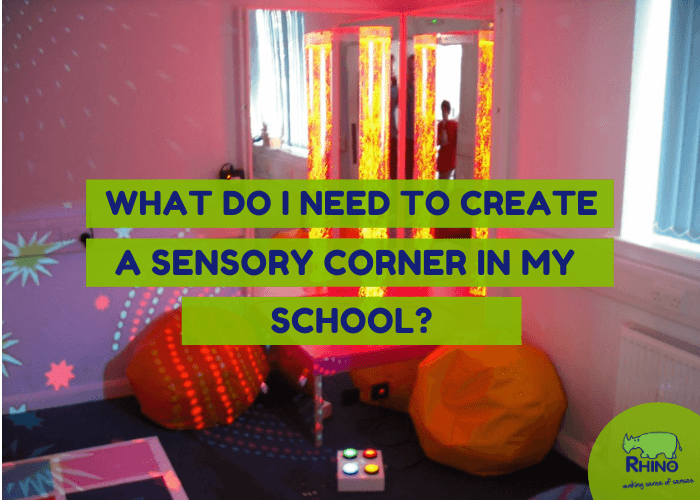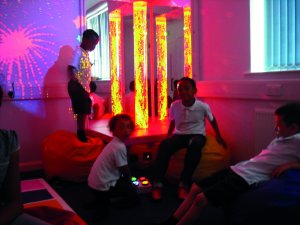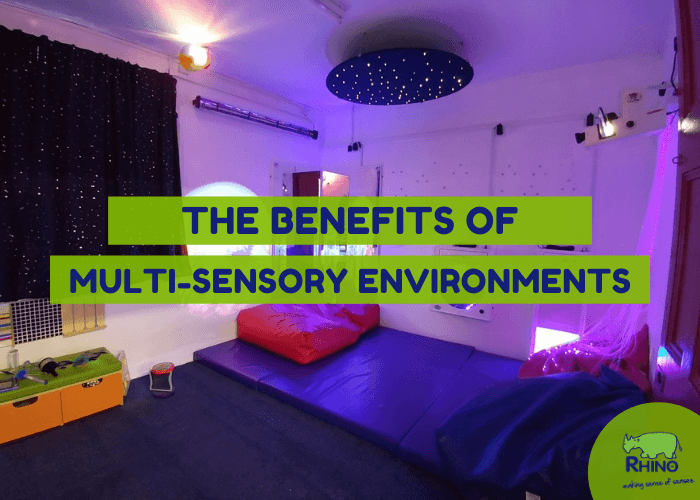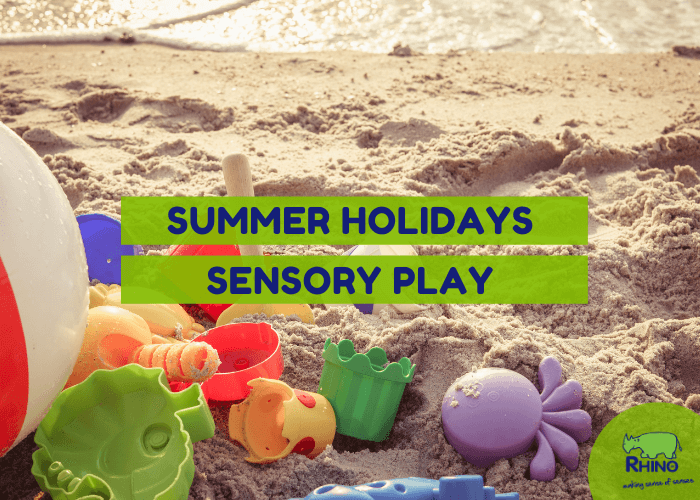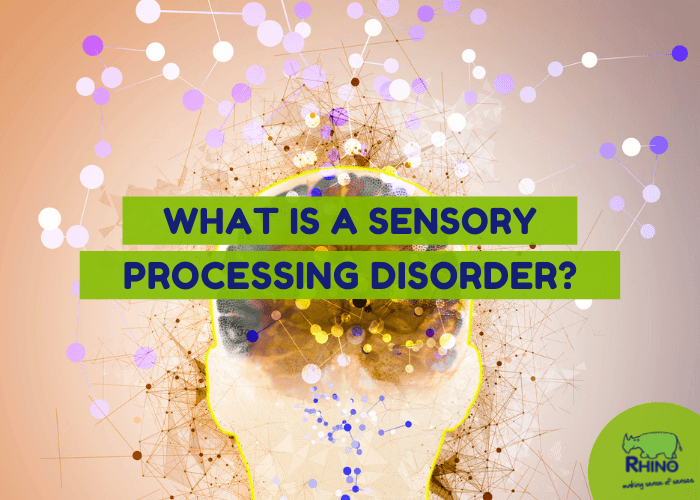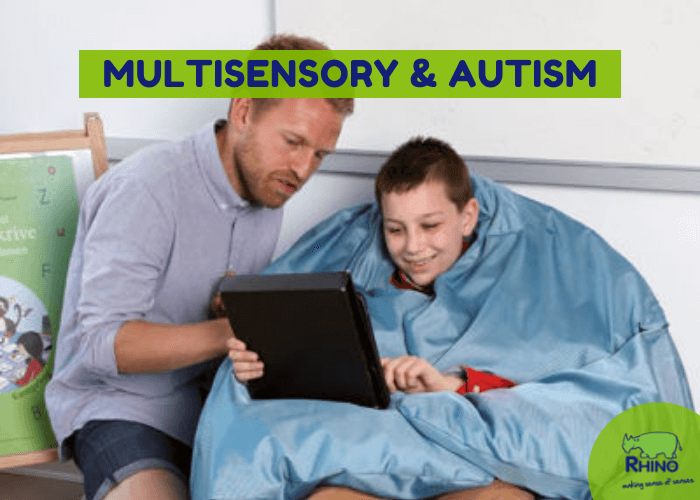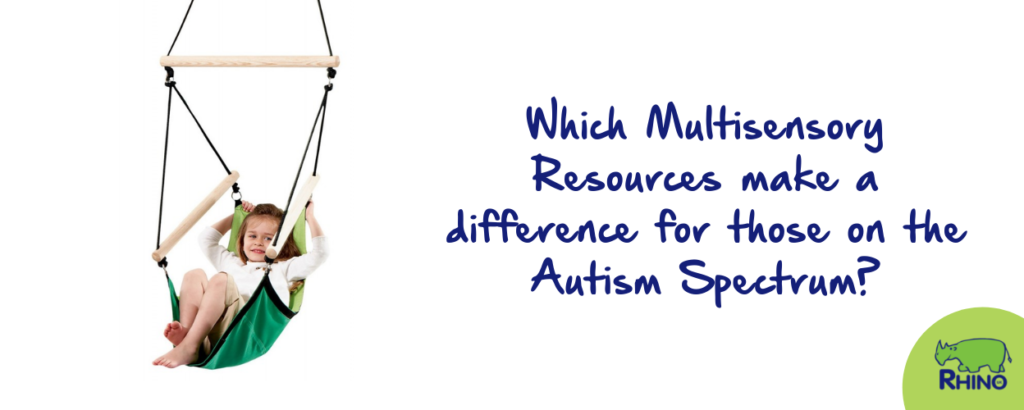
People on the Autistic Spectrum can find it very difficult to process everyday sensory information; their senses can be over or under-sensitive, or they might experience both at different times. These sensory differences can have a significant effect on a person’s life and can affect their behaviour.
A person with Autism may behave in a way that you would not instantly link to sensory sensitivities. However, a person who struggles to deal with everyday sensory information is commonly experiencing sensory overload. Too much information causes stress, anxiety and sometimes actual physical pain, which can result in a meltdown, being withdrawn, or showing challenging behaviour.
It is important that we don’t judge a person who is having a meltdown or not responding. Small changes to an autistic person’s environment can make a huge difference, so as a carer, it is very important to consider the following points:
- Take a second glance: Regularly re-evaluate environments to identify any difficulties it may be causing.
- Add a sparkle of sensory: Implement sensory experiences to help stabilise a fragile state of mind.
- Always be prepared: Tell the person about possible sensory stimuli they may experience before they are confronted by it.
It’s been proven that if a person with autism spends regular time with Sensory Environment or in a Sensory Room, it will help them control their behaviour, process information and increase their communication and organisational skills.
In most cases, a sensory room may be considered a luxury or an option that’s not immediately available. However, other sensory solutions are relatively inexpensive, portable and readily available.
If you have a spare corner of a room or even space to place a box, that’s great! You’ll soon be able to treat your senses to some sensory stimulation.
Every autistic person will respond differently to a sensory environment, so it’s important that you create a space tailored to each user’s needs.
Below are a few sensory resources that have proven to have a positive impact for those with autism:
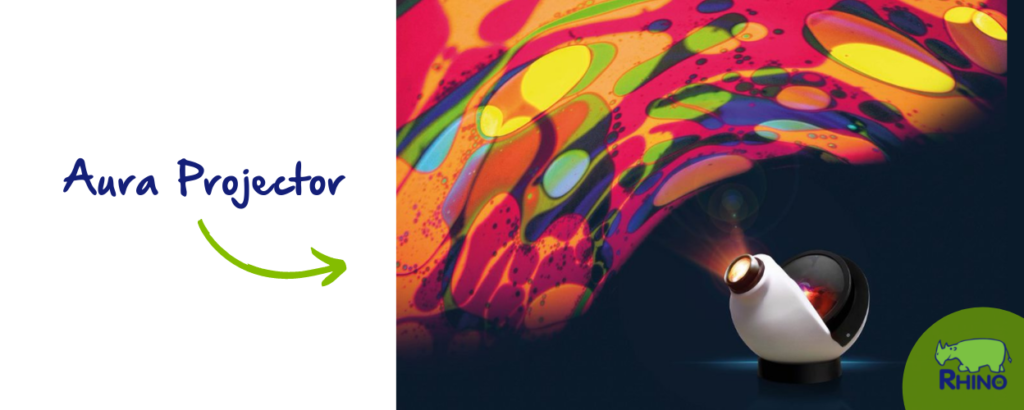
The Opti Aura Projector can transform a room into an immersive, visually stimulating environment within seconds. Choose a wheel from our extensive effect wheel collection and project worlds of imagination onto walls, floors and ceilings. Then, relax into the nighttime by projecting your very own galaxy of stars, or dive deep under the sea and swim with whales.
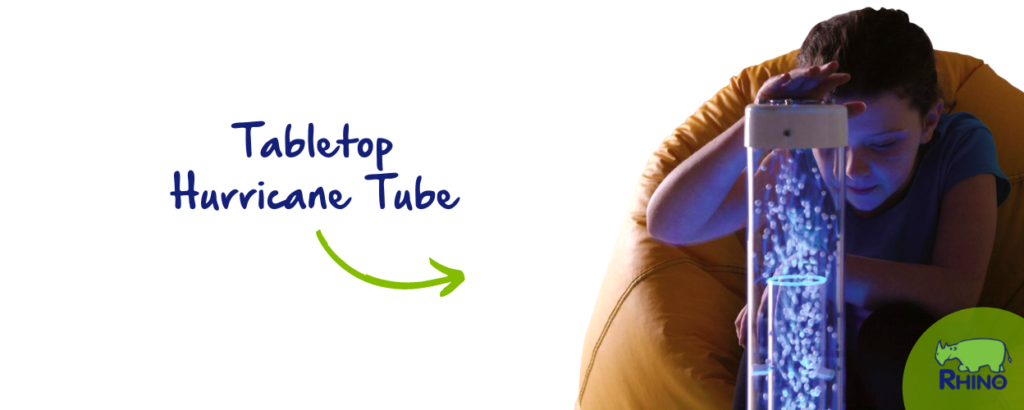
Our waterless bubble tube is a fantastically unique sensory resource. Its calming bubbling effect relaxes the user, distracting their eyes and mind and taking them into a calmer colourful world of bubbles.
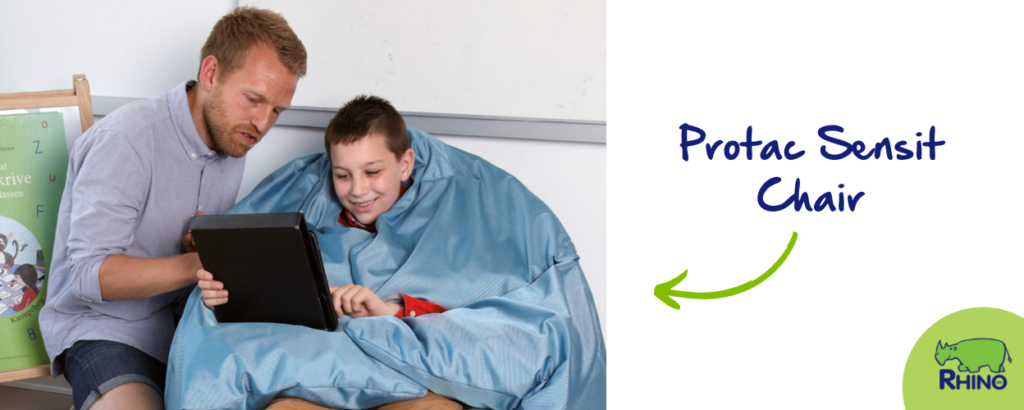
A friend or a chair? Our specially designed sensory chair is fitted with weighted flaps that provide a ‘hug-like’ sense of security and calmness. Sensit Chairs have also been proven to increase concentration levels among users, making them a valuable resource for classrooms and activity spaces.
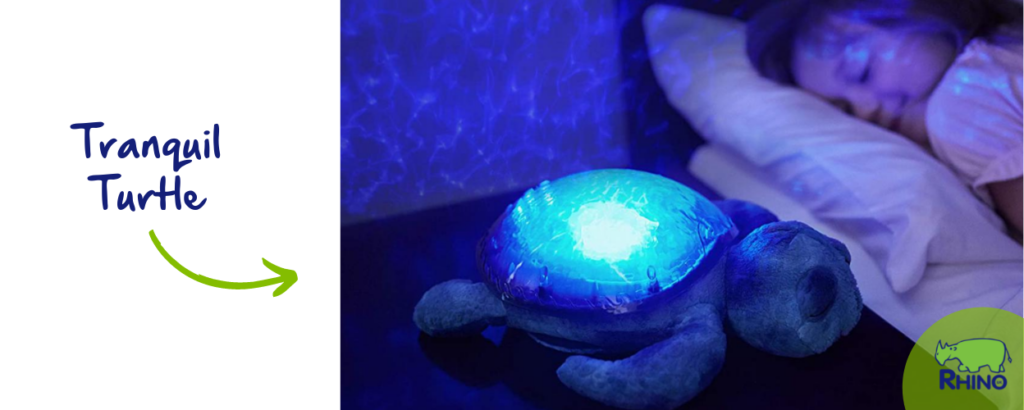
A bedtime buddy perfect for washing away any night-time worries and turning any bedroom into a sleepy dream palace. Our compact Tranquil Turtles create a calming underwater effect with soft lights and comforting sounds, encouraging a great nights sleep.
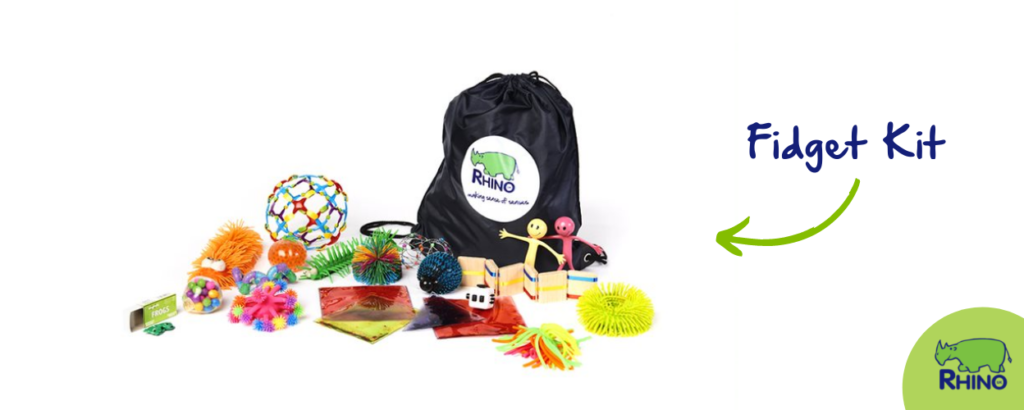
Those with autism can have times of high anxiety, making it even harder for them to focus. With so many thoughts and feelings crowding their brain, they might struggle to organise their emotions and focus. A fidget is excellent for bringing people out of their heads and into their hands. Touching and exploring these tactile objects opens another side of your brain and boosts your concentration levels.
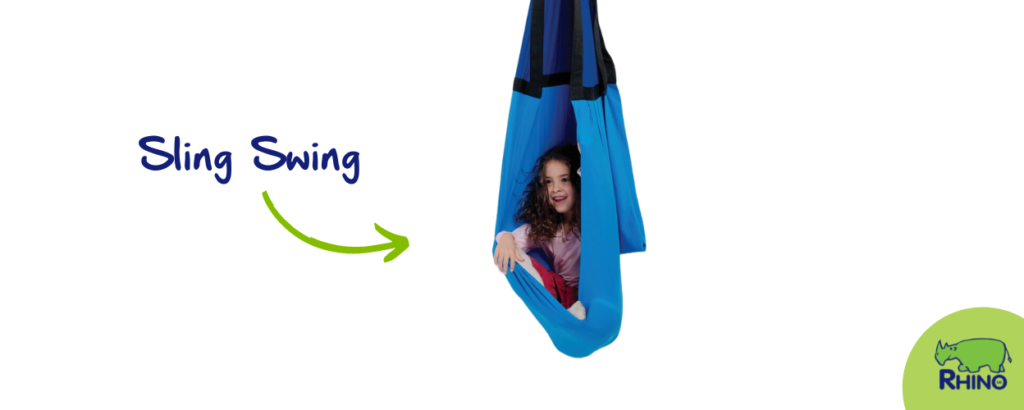
Many people with autism find that the smooth rocking and swaying of a swing helps them feel relaxed. The proprioceptive stimulation the swing provides increases concentration and focus, helping ground an individual within themselves and their activity. In addition, the stimulation of their vestibular (movement) and proprioceptive (position) senses helps the person feel more in control of their own body.
To find out more about sensory equipment and sensory rooms suitable for those with Autism, please browse our website for inspiration or call our product specialists on 01270 766660 to discuss your requirements.

